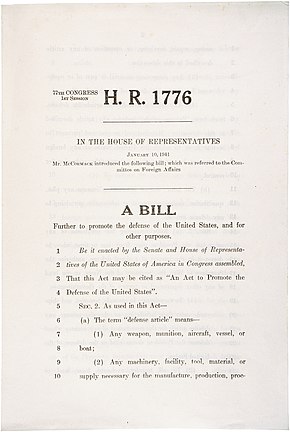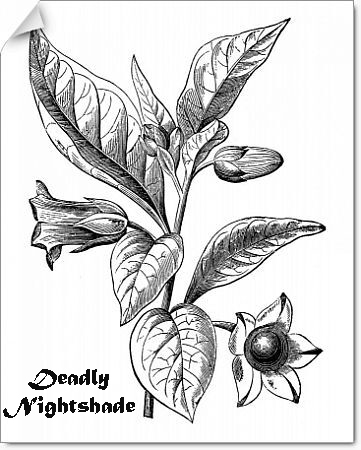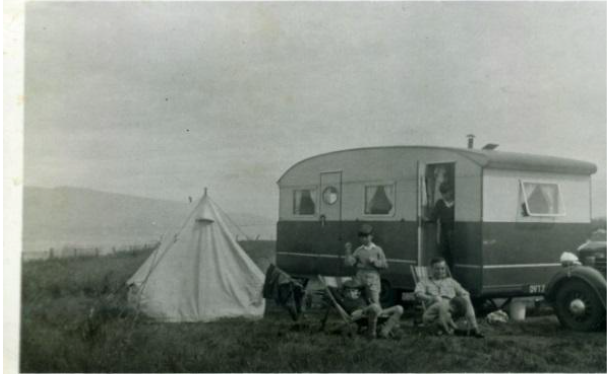My mother would have made a wonderful librarian or perhaps rather a keeper of archives. She believed in reincarnation, so perhaps in one of her past lives she might have worked in the Great Library of Alexandria in Egypt, which was the largest and most significant library in the ancient world. This might also explain why she fell in love with an ‘Alexander’, my father that is, ha ha! She kept documents that had long since ceased to be of any use. To illustrate, I reach into the Magical Memory Box and take out one such ‘useless’ document to show you a post-war Ration Book, an evidence of war-time rationing and period of austerity back in the day.
But perhaps it is not so ‘useless’ after all? Perhaps it can help us to understand how our parents lived during the war, and in the period of austerity after the war – about both the ‘sweet’ and ‘nasty’ things in their lives?
What is a Ration Book?
Looking at this Ration Book gives us a glimpse of some of these times’ hardships. I will be the first to admit that I do not know an awful lot about rationing and Ration Books, as I was a mere child at the time. Neither am I a historian of documents, although I do have some training in history. By using a good portion of common sense, it is still possible for me to be a so-called ‘amateur’ historian, and deduce something from documents such as Ration Books.
What I do know is that a Ration Book is a so-called primary source61, as opposed to a secondary source. One may sometimes reach an erroneous conclusion when interpreting a primary source, but as this is not a scientific treatise, it does not really matter that much. However, I will discuss below the more specific aspects of the Ration Book shown here:
“In January 1940, the British government introduced food rationing. The scheme was designed to ensure fair shares for all at a time of national shortages. The Ministry of Food was responsible for overseeing rationing.”62
“Every person in Britain was given a Ration Book. They had to register and buy their food from their chosen shops.”63
What types of foods were rationed?
“On 8 January 1940, bacon, butter and sugar were rationed. Meat, tea, jam, biscuits, breakfast cereals, cheese, eggs, lard, milk, canned and dried fruit were rationed subsequently, though not all at once.”64
Rationing: Restriction and Freedom
In other words, the freedom of choice was greatly restricted; at the same time, the idea of government intervention in people’s lives was generally accepted when it seemed to be based on the ideas of fairness and the protection of people’s welfare. The government, the media, public institutions, and prominent public figures all endeavoured on the whole to establish a ‘Let’s all pull together’ mentality in the population.
Going back to the life during the Second World War, my mother showed resourcefulness when it came to our food. Our blackberry picking activity was discussed in the post: Friendly Horses: Tea Cake and Dobbin. Blackberry picking wasn’t just ‘for fun’, but a practical activity for the family.
Rationing: Food and Clothes
Another distinct memory of the effects of food rationing is back at 60 Bowfell Road in Mirehouse. Ronny Curwin, Alistair’s friend, often ate treacle on bread together with Alistair probably due to rationing. Treacle is sweet but quite bitter tasting. A child wouldn’t probably eat it if they could have something less bitter, such as strawberry jam. At present times, you probably wouldn’t see children today eating treacle on bread.
Back then, not only food was rationed but even clothing because materials were needed for military uniforms. Women were encouraged to ‘make and mend’. For instance, my mother would sit up in the evenings darning the holes in our socks. Compared to people of today, they often believe they are already ‘environmentally aware’; in reality, they are still part of the ‘throw-away society,’65 obsessed with consumerism and new products, and discarding fully-functional ‘old’ products.
To emphasise this point, I reach into the Magical Memory Box and take out another photo; it’s a photo from around 1950 of my three brothers leaning against my father’s car clearly wearing home-made shorts and perhaps also home-made shirts (shown above). My mother sewn these shorts probably using cheap or second-hand material.
Past compared to Present
The observant reader will probably see a parallel with the triple crisis of today, COVID, climate, and economic, as well as the interventions of governments to restrict people’s freedoms. He supposed he supposed aim of protecting their ‘freedoms’ (which is of course a paradox). So the situation today (2020-2022), to some extent, resembles a wartime crisis with restrictions on people’s movements, and their activities and choices, by imposing various injunctions and orders.
As we can see, the Ration Book helps us to better understand how life was during and after the Second World War – both the ‘sweet’ and the ‘nasty’ aspects. It also seems to give us an idea of what to expect in the future.
There is more to this war-time rationing in the stories of my childhood. You can read these posts to check them out:
The Evolution of Rationing and Eating Habits | Russia vs. Ukraine, COVID, and Everything in Between | Shops and Local Communities
61 Primary sources provide raw information and first-hand evidence. Examples include interview transcripts (such as interviews with my mother), letters, photos, newspaper clippings, paintings, books, and so on, and in our context here, official documents, such as Ration Books. Secondary sources provide second-hand commentary, usually from other researchers and writers. Today, this often involves searching the Internet.
62 https://www.iwm.org.uk/history/what-you-need-to-know-about-rationing-in-the-second-world-war Date of reading: 30 Dec. 2021.
63 http://www.primaryhomeworkhelp.co.uk/war/rationing2.html Date of reading: 30 December 2021.
64 https://the50sdinerpeoria.com/qa/what-were-3-items-that-were-rationed-during-ww2.html Date of reading: 30 Dec 2021.
65 The ‘throw-away society’ is a generalised social concept strongly influenced by consumerism, whereby people tend to use items once only; the consumer products are not designed for reuse or lifetime use. Edited from: https://en.wikipedia.org/wiki/Throw-away_society Date of reading: 31 Dec. 2021.




3 Replies to “War-time Rationing and the Period of Austerity”